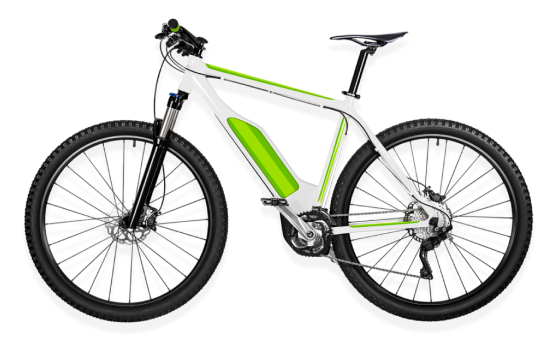
Feel the Speed
eBikes offer a boost that can make you feel as fast as a professional cyclist. There’s nothing like feeling the freedo…
m on the road with the wind blowing through your hair (sorry bald dudes, we still love you!) This motor-assisted speed is perfect for anyone looking to add a little zip to their rides.




